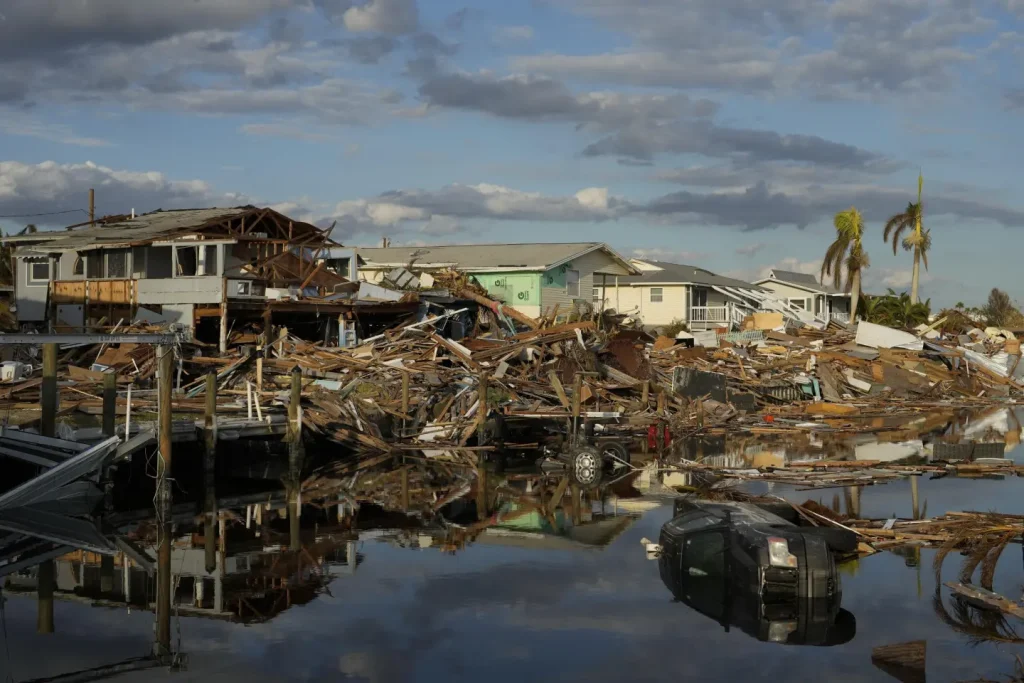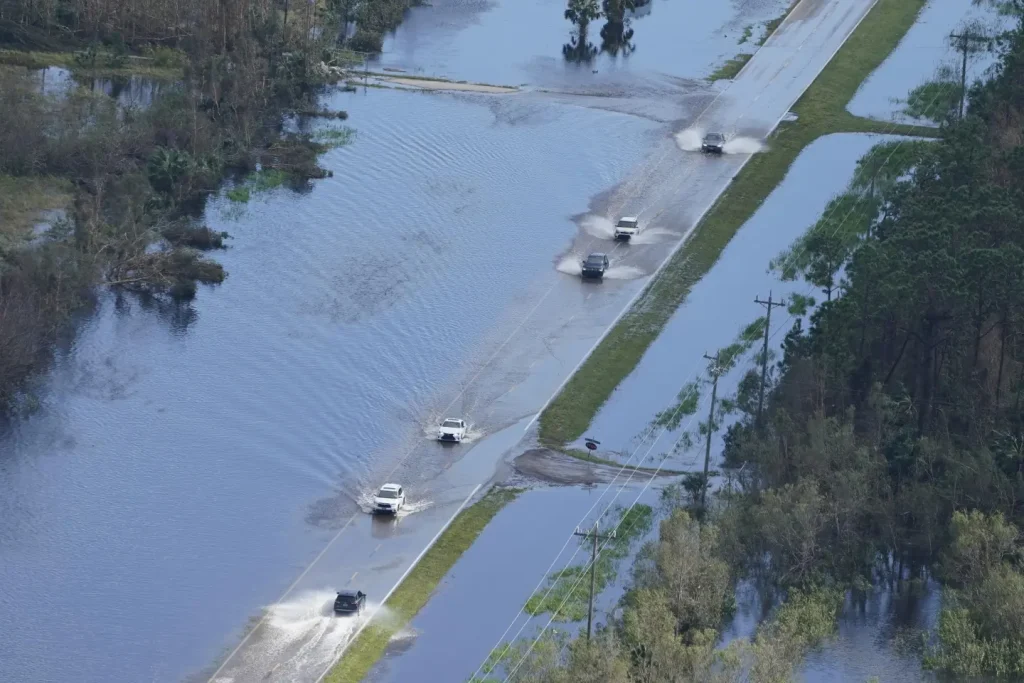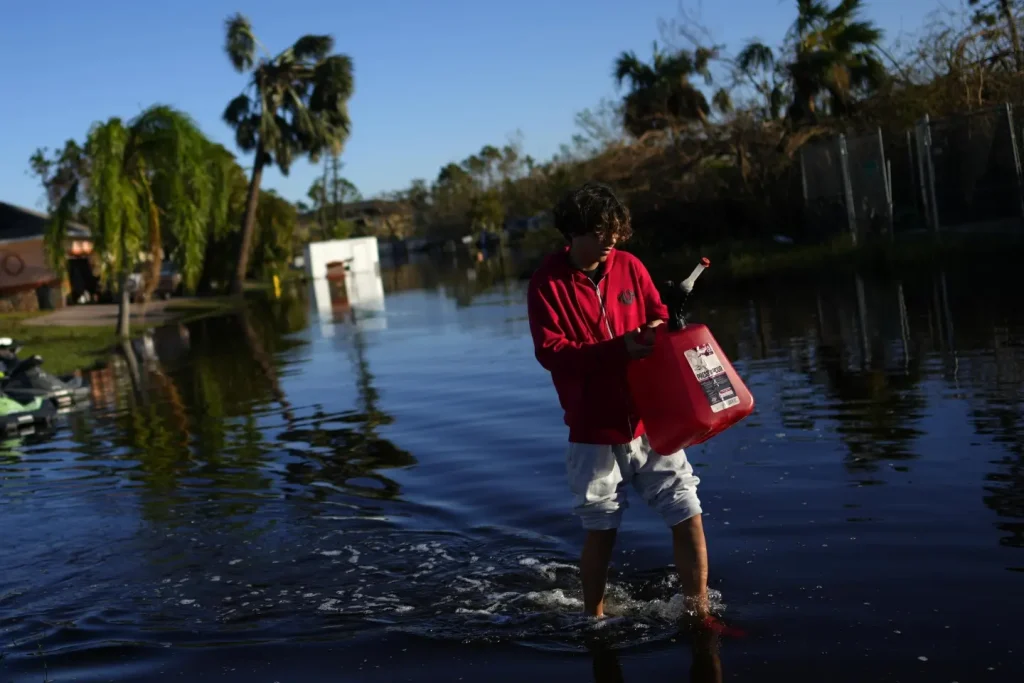The recent announcement by meteorologists regarding the official formation of an early bird El Nino has sparked considerable interest and concern among experts and the general public alike.
This climatic condition, expected to be particularly strong, has the potential to significantly impact weather patterns worldwide, causing a substantial disturbance in the delicate balance of our planet’s atmospheric conditions.
Furthermore, this extraordinary El Nino occurrence comes at a time when the Earth is already experiencing a concerning trend of warming, exacerbating the situation and adding an additional layer of natural heat to an already fragile ecosystem.
The National Oceanic and Atmospheric Administration, recognizing the significance of this event, has promptly issued an El Nino advisory, urging individuals and organizations to remain vigilant and prepared for the potential consequences that may arise.
However, it is important to note that this El Nino event may not follow the same patterns as its predecessors, necessitating a comprehensive and adaptable approach to effectively manage and mitigate its effects.
As we navigate through this uncharted territory, it is crucial for us to remain informed and proactive in our efforts to safeguard our environment and ensure the well-being of future generations.
The phenomenon known as El Nino, which refers to the warming of the Pacific Ocean’s equatorial waters, has been a subject of great interest and concern among climate scientists and meteorologists.
In recent years, the occurrence of El Nino events has become more frequent and intense, posing significant implications for weather patterns and climate conditions across the globe.

In this context, it is noteworthy that the latest El Nino event, which has been observed to have formed a month or two earlier than its usual onset, holds particular significance.
As Michelle L’Heureux, a respected climate scientist and the head of NOAA’s El Nino/La Nina forecast office, pointed out, this early formation grants the El Nino event ample time to develop and potentially intensify. In fact, there is a 56% chance that it will be classified as a strong El Nino, and a 25% chance that it may even reach supersized levels.
These statistics serve as a stark reminder of the potential impact and consequences that this El Nino event could have on our weather patterns, ecosystems, and overall climate dynamics.
Therefore, it is crucial for scientists and policymakers to closely monitor and analyze the progression of this El Nino event, in order to better understand its implications and take appropriate measures to mitigate any potential risks or adverse effects.
According to Kim Cobb, a climate scientist at Brown University, if this El Nino event becomes the largest in history, it will have the shortest recurrence time ever recorded.
This is concerning because it means that communities affected by El Ninos will have less time to recover from the damages caused to infrastructure, agriculture, and ecosystems such as coral reefs.
Typically, an El Nino event suppresses hurricane activity in the Atlantic, providing relief to coastal areas from Texas to New England, Central America, and the Caribbean, which have been dealing with exceptionally busy hurricane seasons.
However, this time, forecasters do not expect the usual relief due to the record-breaking hot temperatures in the Atlantic, which would counteract the winds associated with El Nino that typically weaken many storms.
According to Kristopher Karnauskas, an associate professor at the University of Colorado Boulder, hurricanes have a tendency to intensify and expand as they traverse over warm seawater.
In particular, the tropical regions of the Atlantic Ocean have been described as “exceptionally warm,” providing an ideal environment for the development and strengthening of hurricanes.
Taking this into consideration, the National Oceanic and Atmospheric Administration (NOAA) and other relevant organizations have forecasted a near-average Atlantic hurricane season for the current year. This prediction takes into account the correlation between warm seawater and the potential for hurricane formation, suggesting that the prevailing conditions in the Atlantic Ocean are conducive to the occurrence of such weather phenomena.

By acknowledging the significance of warm seawater in the growth and intensification of hurricanes, experts are able to make informed predictions about the likelihood and severity of future storms, ultimately aiding in disaster preparedness and response efforts.
Over the course of history, it has become evident that the occurrence of a powerful El Nino phenomenon has been responsible for significant increases in global temperatures, showcasing record-breaking warmth on a global scale.
This intriguing correlation between the occurrence of El Nino events and unprecedented levels of warmth has been observed in notable years such as 2016 and 1998.
Anticipating the upcoming year and its potential to establish another climatic milestone, scientists have been steadfastly suggesting that the following year is increasingly likely to set a new record for heat, particularly due to the fact that El Ninos typically reach their maximum strength during the winter season.
However, what is truly remarkable about the present El Nino is its unusually early arrival, surpassing even the typical timelines associated with such events.
Consequently, the advent of this El Nino has significant implications, as it has the potential to effectively position the year 2023 in the running for the title of the warmest year on record, when combined with the backdrop of ongoing global climate warming.
These intriguing insights were articulated by none other than the esteemed meteorology professor Marshall Shepherd from the prestigious University of Georgia, highlighting the expert opinions regarding this critical matter.
An El Nino event refers to a natural occurrence characterized by a temporary and occasional warming of a specific portion of the Pacific Ocean.
This phenomenon has far-reaching consequences, as it causes a shift in weather patterns worldwide, particularly by altering the paths of airborne storms.
Earlier this year, the world emerged from a remarkably prolonged and intense La Nina phase, which is essentially the opposite of El Nino and is characterized by cooling effects.
The persistence of La Nina exacerbated drought conditions in the western United States and intensified the Atlantic hurricane season.
One implication of the current situation is that the extreme weather patterns experienced over the past three years, such as droughts in certain regions, may now be reversed.
For instance, areas that have been plagued by severe drought, like South America, may now experience a shift towards wetter conditions. According to L’Heureux, this change could be seen as a positive development for those who have been suffering from prolonged droughts.
However, it is important to note that while the onset of El Nino may bring some benefits, it is crucial to avoid excessive flooding. The impact of El Nino will be predominantly felt in the Southern Hemisphere over the next few months, with minimal effects expected in North America.
Australia is likely to experience drier and warmer conditions, while northern South America, including Brazil, Colombia, and Venezuela, can expect drier conditions.
Conversely, Southeast Argentina and parts of Chile are expected to receive more rainfall. Additionally, El Nino typically brings dry weather to India and Indonesia until August.
According to L’Heureux, while El Nino traditionally results in fewer hurricanes in the Atlantic, it often leads to an increase in tropical cyclones in the Pacific.
The impact of El Nino is most pronounced during the months of December through February, as it causes the winter storm track to shift southwards towards the equator.
As a result, the entire southern third to half of the United States, including California, is expected to experience higher levels of precipitation during El Nino.
For several years, California had been eagerly awaiting relief from a prolonged drought known as the megadrought, hoping that El Nino would bring much-needed rainfall.
However, the incessant atmospheric rivers witnessed during this winter season have made the anticipated relief no longer necessary.
According to L’Heureux, the U.S. Pacific Northwest and certain regions of the Ohio Valley are prone to experiencing dry and warm conditions.
However, the most significant impacts of La Nina are expected to be felt in Indonesia and neighboring parts of Asia, where hotter and drier weather patterns are anticipated.
Additionally, parts of southern Africa are likely to face dry conditions as a result of La Nina. Conversely, countries in northeast Africa, which have been grappling with drought for several years, can expect much-needed rainfall due to the prolonged La Nina events.
Azhar Ehsan, an associate research scientist at Columbia University, highlighted the positive impact of this rainfall on the drought-stricken nations. Interestingly, some economic studies have indicated that La Nina causes more extensive damages both in the United States and globally compared to El Nino.
A compelling topic of discussion within the realm of climate science and economic studies is the impact of El Nino on global economies.
A study conducted in 2017, as published in an esteemed economic journal, shed light on the interesting finding that El Nino has a “growth-enhancing effect” on the economies of the United States and Europe; however, the inverse is true for countries such as Australia, Chile, Indonesia, India, Japan, New Zealand, and South Africa, where the costs incurred due to this weather phenomenon are quite significant.

Intriguingly, another recent study challenges the prevailing belief that the economic consequences of El Nino are not as grave as initially believed, as it now posits that the financial toll resulting from this climate phenomenon could reach the staggering sum of trillions of dollars.
The World Bank, in its endeavors to quantify the damage caused by the notorious 1997-1998 El Nino episode, estimated an alarming cost of $45 billion borne by various governments worldwide.
These findings underscore the importance of analysing the multifaceted repercussions of natural phenomena on a global scale, as its consequences can impart far-reaching economic implications.
Despite the benefits that El Nino brings, the United States is not immune to the hazards it presents. Ehsan, an expert in the field, has pointed out that the increased rainfall in California, Oregon, and Washington as a result of El Nino actually heightens the risk of landslides and flash flooding in these areas.
This highlights the need for careful consideration and management of the hazards that accompany El Nino, even though it does provide the advantage of water resource recharge.
It is crucial for the United States to recognize and address these hazards in order to effectively mitigate their impact and ensure the safety and well-being of its citizens.
By doing so, the country can strike a balance between harnessing the benefits of El Nino and minimizing the risks it poses.
